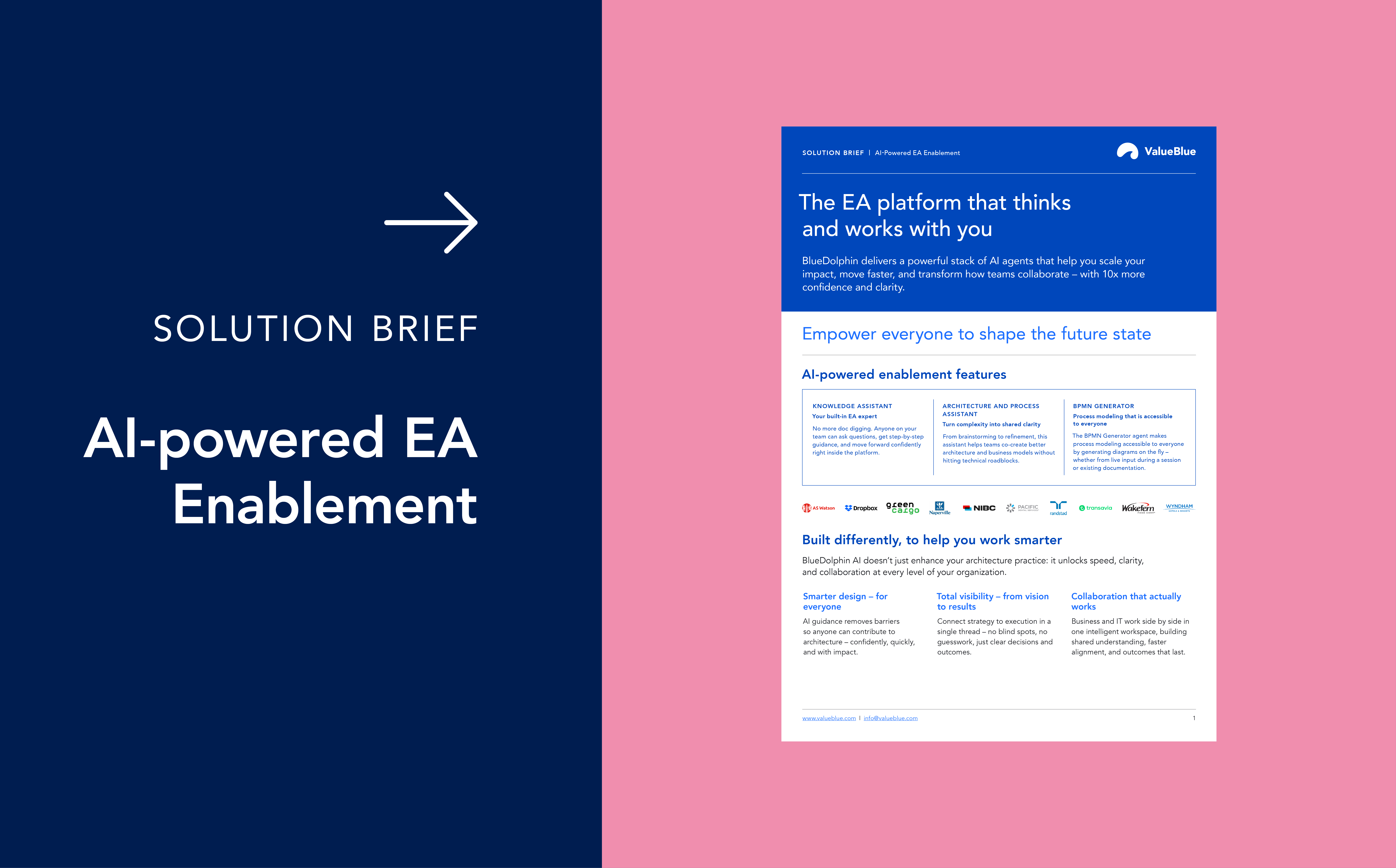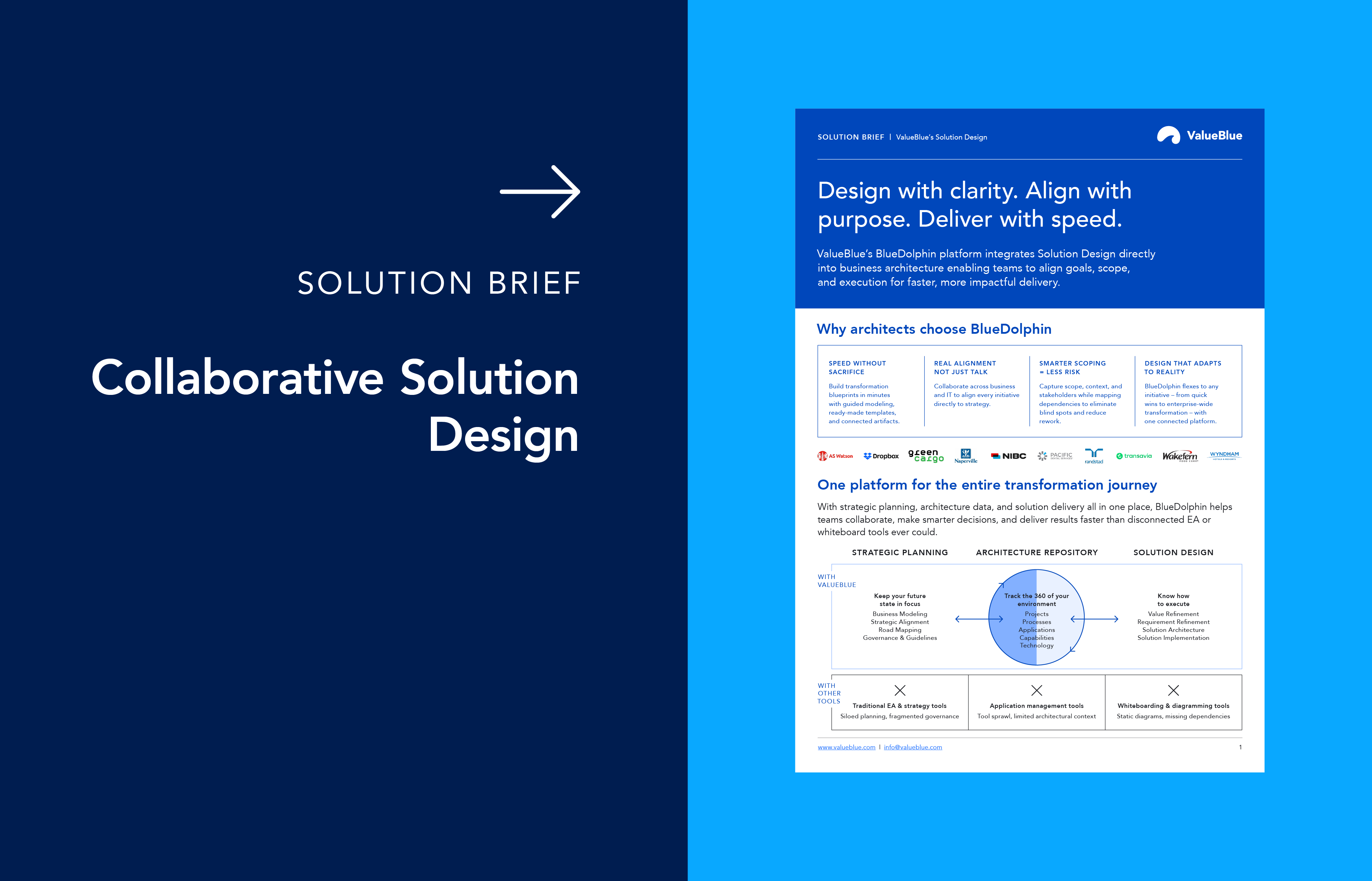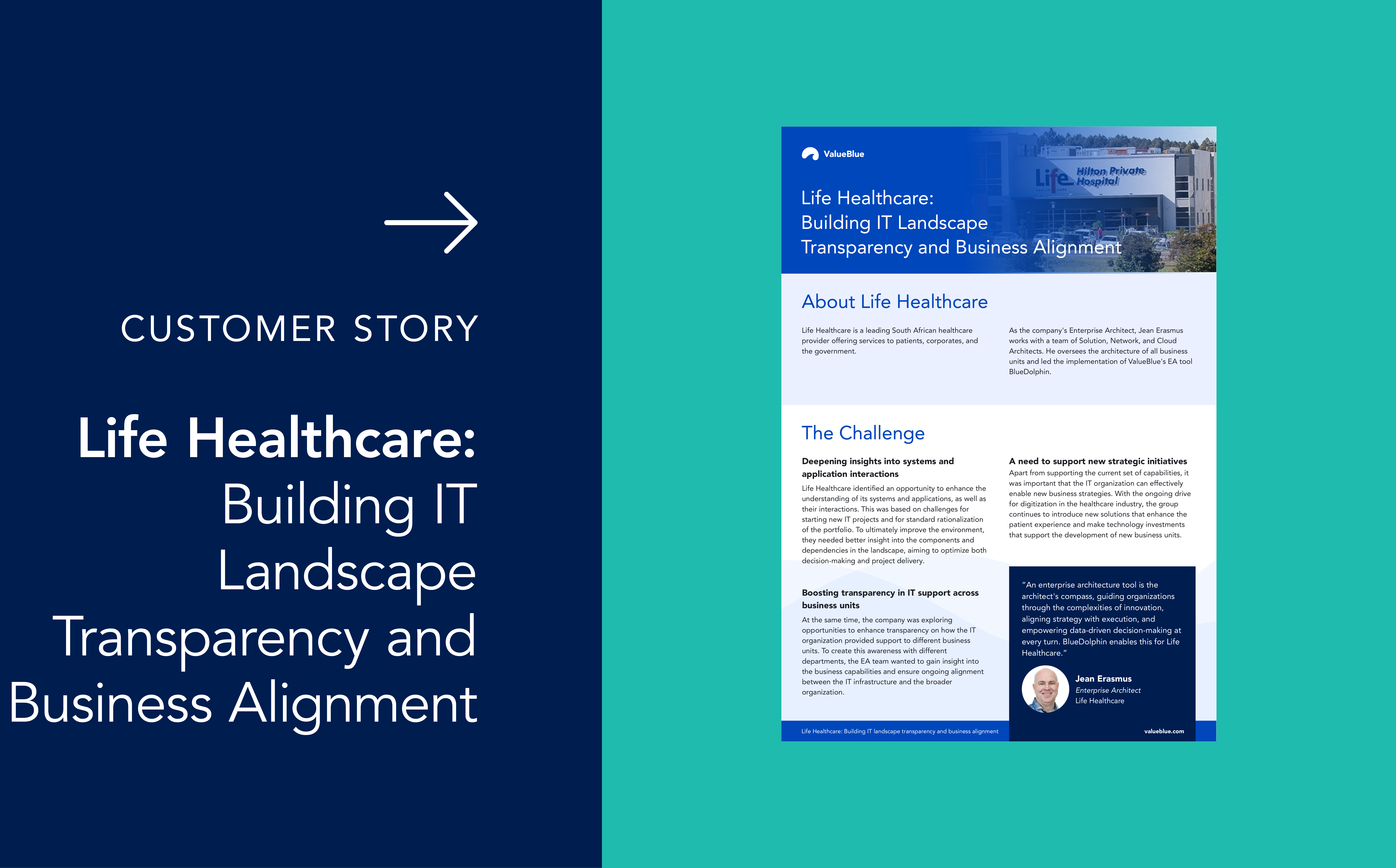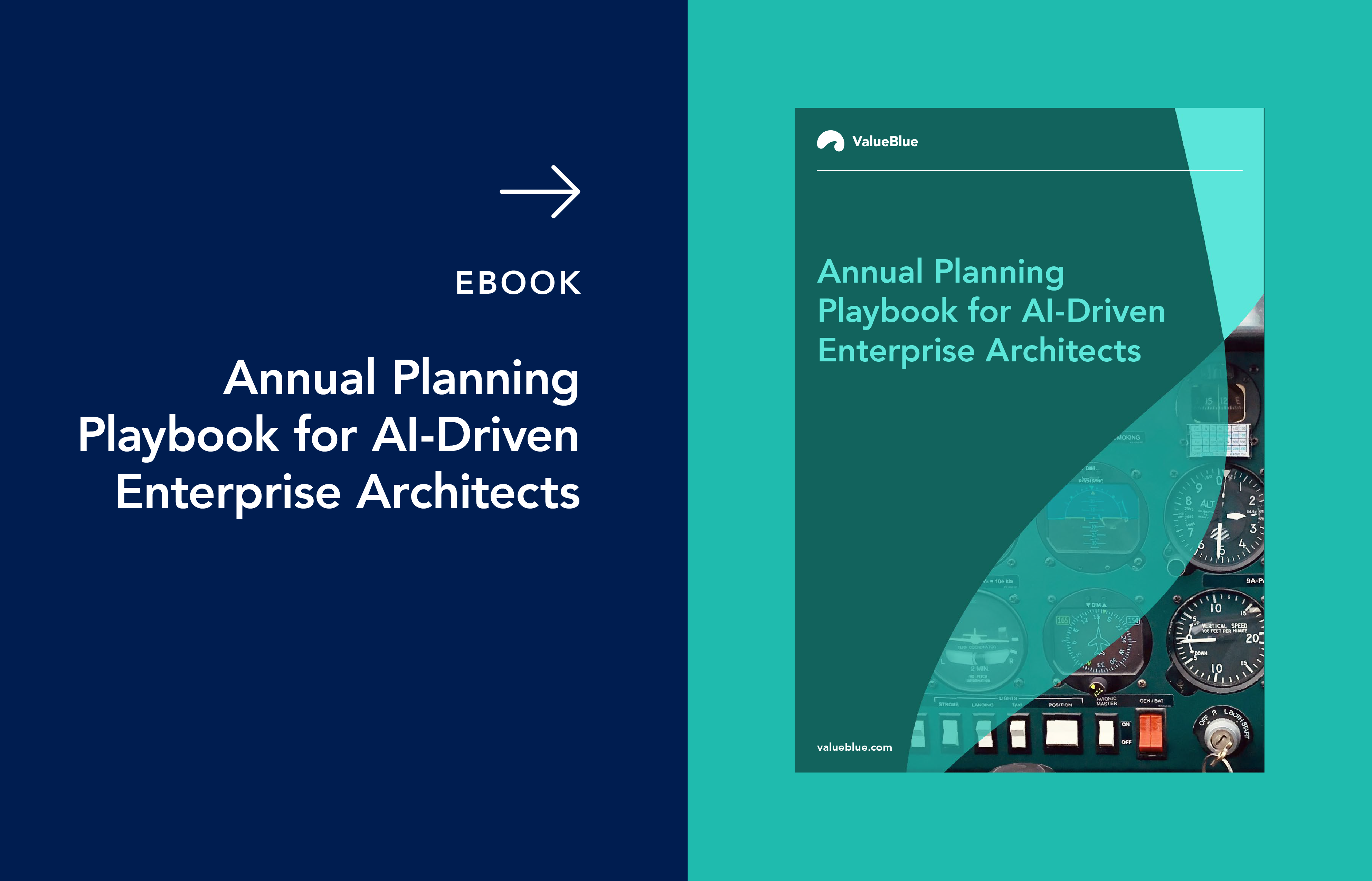Structuring Enterprise Architecture Like Space Flight
When you think of Enterprise Architecture, the first thing that comes to mind might not be space flight. But there is more overlap than you might think. After all, both fields require rigorous planning, precision engineering, and the ability to navigate complexity, preferably at high speed.
In today's article, we will lay out the similarities between the two fields, relating to the different aspects of spaceflight:
- Why should we head into space at all?
- How do we build rockets?
- Where do we go?
Why should we head into space at all?
In today’s problem-ridden world, launching satellites, people, and cars (!) into space is often criticized. Why are we spending incredible resources, money, and time on space exploration when there is so much we can do to improve life on Earth?
Whilst subjects such as climate change, geopolitical movements, and an ever-increasing demand for energy are challenging how we handle things on Earth, what we do in space is often not immediately recognized.

Translating space to value
We profit from access to space every day. Satellites orbiting our planet serve as eyes in the sky, observing the growth of crops, the movement of rivers, and weather patterns. They help us get food on our tables, keep our houses from being flooded, and know whether we can go to the beach or stay inside.
Satellites guide us safely to our destinations and navigate cargo ships to their ports, ensuring you receive your online shopping on time. Communication satellites keep us connected through cell and Internet connections, enabling us to have seamless conversations with anyone, anywhere in the world.
Translating value to Enterprise Architecture
This misconception is very similar to that of Enterprise Architecture (EA). Just as a space program might not immediately reflect value to everyone, EA is often questioned on the value it delivers to an organization. Yet, like space exploration, its impact and importance are profound and far-reaching.
Enterprise Architecture provides a framework for innovation, control, and transformation of an organization’s strategic and tactical alignment. It enables better communication, visibility, and decision-making, ensuring you run projects on time and within budget. Employees might not always see the presence of EA, but they experience its benefits daily, e.g., in the form of an optimized process or improved IT infrastructure.
Just like satellites make our daily lives easier, EA empowers organizations to provide clarity and innovation, future-proofing long-term success.
Let’s build a rocket
Returning to our space analogy, today’s rocket architecture must be modular, adaptable, scalable, and preferably reusable. Designing and building a rocket has typically been done in two ways: endlessly designing to ensure every risk is averted from the drawing board or making a basic design, testing, and iterating.
The latter has been slowly making its way into the rocketry world in the last decade or so. Traditionally, large companies such as Boeing and United Launch Alliance would make an offer to design a rocket for NASA and its partners, often taking one or two decades from the start of the flight.
Staging the rocket
A rocket typically works in stages. Staging involves discarding empty fuel tanks and used engines to reduce weight and improve efficiency, allowing the remaining stages to push into orbit without dead weight. The first stage launches the rocket through the Earth’s atmosphere, after which stage separation occurs. Once the second stage is kicked into orbit, the first stage and its costly engines are dumped in the ocean, never to be seen again, forcing engineers to rebuild the most expensive part of the rocket.
A different approach
This approach, while reliable, has traditionally been expensive and slow to adapt to change, resulting in endless delays in timelines. However, the emergence of (commercially driven) private space companies such as SpaceX, Rocket Lab, and Relativity has disrupted the model. They focus on agility, iteration, cost-effectiveness, and, more importantly, reusability. Pushing the boundaries and building blocks of engineering further.
This shift in approach has enabled these companies to return (parts of) their rocket back to Earth, ready to be used again. By not discarding them into the ocean, they reduce costs and increase their launch frequency.

Just like Enterprise Architecture
EA faces a similar challenge. Like the traditional rocketry approach, organizations often create critical business and IT insights, information, and documentation that become outdated as soon as a transformation project ends. This is frequently seen in static documents, PowerPoint presentations, outdated spreadsheets, and archived emails.
The tremendous effort required of various teams to gather, process, and analyze this information is repeated, leading to delays and inefficiencies.
The Enterprise Architecture tool for reusability
This is where EA comes in. Like new-age rocket companies, it enables organizations to build, store, and reuse valuable information captured during a transformation project with multiple levels of abstraction. Instead of treating information like something disposable, companies can create a centralized repository – a single source of truth where models, processes, and data are accessible and updatable for the entire organization. This enables information gathered in one initiative to be leveraged in the next one.
The lesson from this new approach is straightforward: reusability leads to more efficiency, agility, and innovation. Whether designing an orbital-class rocket or implementing your new ERP, why build from scratch when you can reuse and optimize what already exists?
So, where do we go?
Space travel is about making something succeed in a hostile, unpredictable, and unforgiving environment, where the slightest failure brings immense risk. Every mission requires a vision, a roadmap, precise alignment, and commitment toward a common goal.
Mission planning
Introducing Enterprise Architecture within an organization is like planning a space mission. Both bring challenges on multiple fronts. Like NASA’s mission planners, architects must deal with complexity and resistance; they need to align strategic and tactical planning. So, how do you get EA to land successfully?
1. Inspire with a clear and structured vision
Just like a unified goal is needed to push the boundaries of space travel, employees need to understand and agree on why Enterprise Architecture matters for it to be successful. Without that understanding, it will simply feel like a new set of rules that typically slow a project down rather than something that enables innovation and increases efficiency.
2. Fly with the right crew
Fortunately, NASA doesn’t send people into space unprepared. Astronauts are trained, drilled, and prepared for all types of contingencies. Similarly, enterprise architects need to engage with their key stakeholders. Educating and involving them in the processes and decisions allows them to see the benefits for themselves. That way, EA becomes a collaborative effort rather than an abstract discipline.
3. Embrace iterative design
The journey to Mars started with ‘small’ steps: studying the planet with probes, sending exploratory rovers, and testing multiple landing techniques before trying to have people land there. Enterprise Architecture should be the same: evolving through practical, small wins with value at each stage instead of large, time-consuming, complex EA frameworks.

4. Double down
So, you landed on Mars. Now what? Well, you need to survive – and preferably thrive. Like starting the quest to land Enterprise Architecture in an organization, the biggest challenge now comes. It requires long-term commitment, documented governance, and agility to remain relevant as the world changes around you.
5. Leave your massage chair at home
Travelling to Mars requires fuel and many systems to keep people alive. That doesn’t leave a lot of space for personal items, so it is best to leave your massage chair at home. Similarly, in EA, the "just-enough architecture" approach focuses on delivering value without unnecessary detail, complexity, or items.
Mission success
Introducing EA to an organization is a big decision. Just like a space mission, it requires taking that first step. It's easier to take it with someone to guide you. Take that step today and request a demo of our Enterprise Architecture solution.




